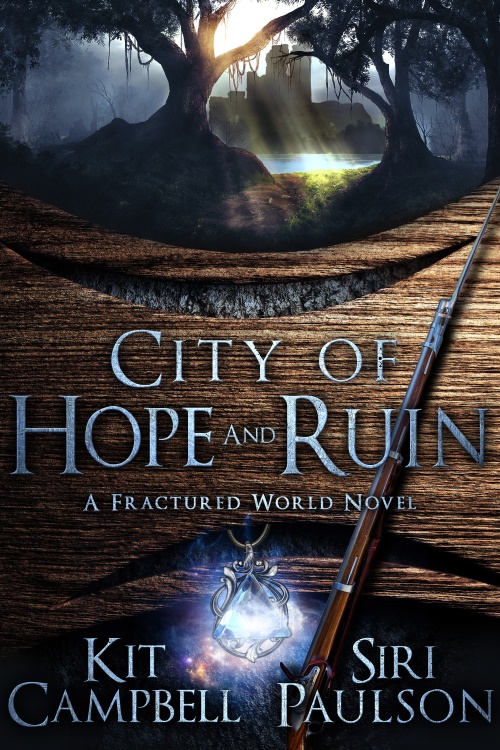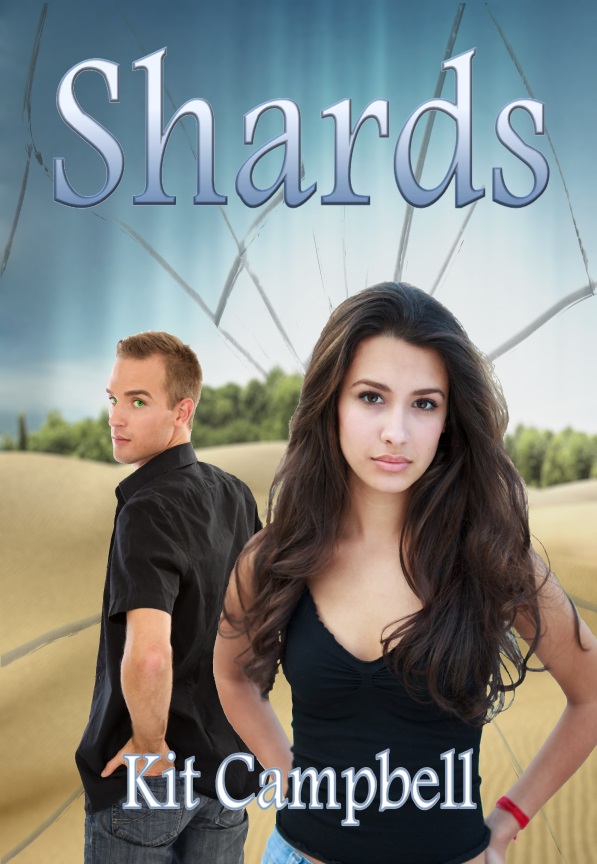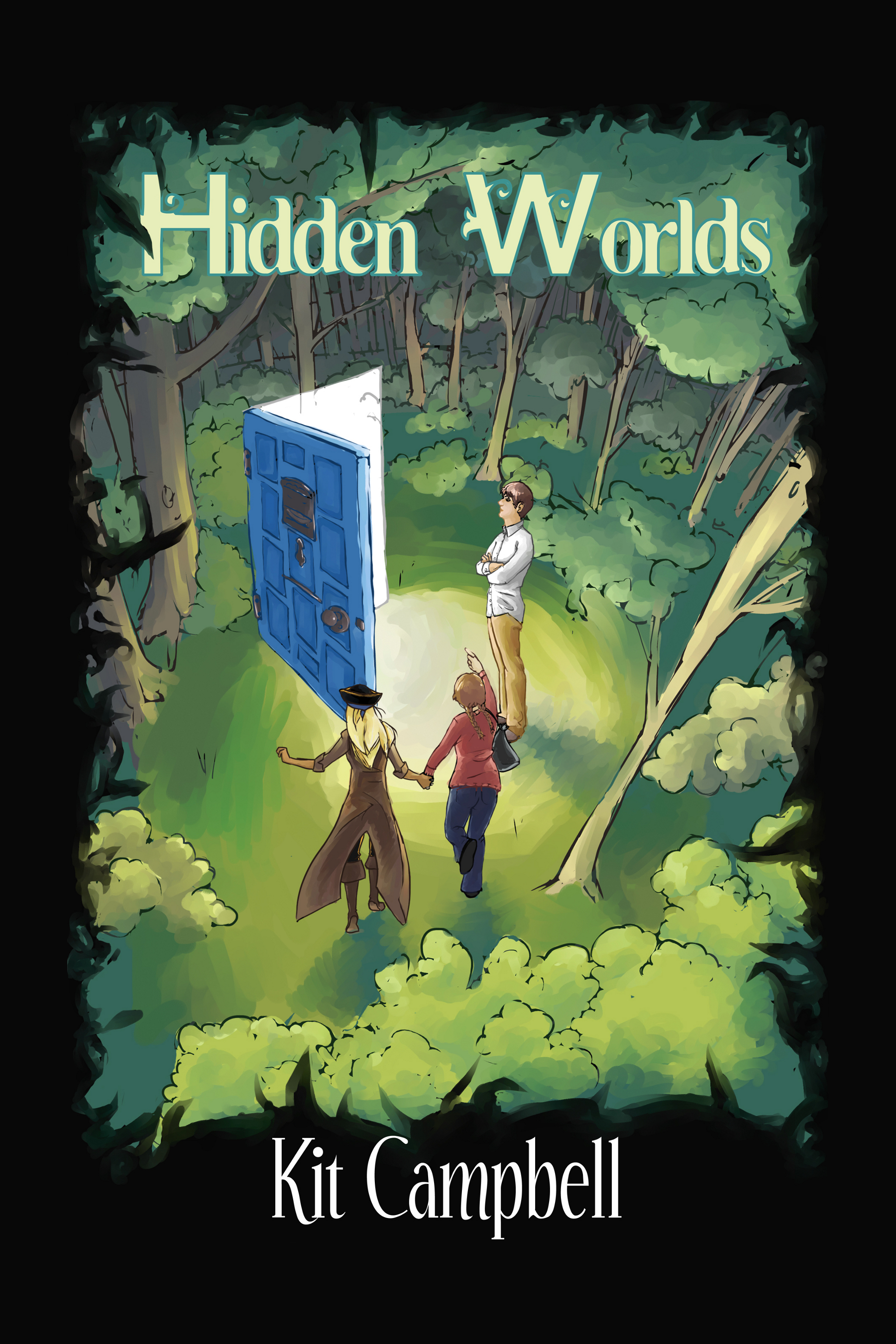We talked about conflict on Tuesday at Storycraft, and I put together an info sheet on the topic, which I thought you guys might like to see. It’s pretty basic–conflict is a wide and varied monstrosity, and you could really talk about it forever. Aside from this info sheet, we also talked about the main basis of a good conflict, which I’ll stick after the info sheet, and also about ways to add suspense to your conflict.
What is Conflict?
Conflict is what stands between your protagonist and their goals. It can be internal, external, relationship-based, etc.
How often should your story have conflict?
All the time. Allllll the tiiiiime.
That seems stressful.
It’s not, not really. The issue is that when people hear “conflict,” they think gunfights. Car chases. Explosions, jumping out of windows, planets being torn apart. Those aren’t really conflict, and you don’t need to have something like that happening that often.
So, if those things aren’t conflict, what is conflict?
Conflict is really two different things—there’s “story” conflict, or the conflict(s) that drive the plot/subplots, and there’s “scene” conflict, or the conflict happening in any particular scene. Often the scene conflict is based on the story conflict.
Elaborate, please.
All right, let’s say your main plot “conflict” is that your main character’s brother has been kidnapped by demons, and she’s trying to get him back. That’s your story conflict, your main plot. Every story needs a main plot, of course. Scene-level conflict for above plot might be your main character getting lost in the woods, or confronting a demon only to find it’s not the right kind, or losing the trail.
Above you mentioned internal, external, relationship-based, etc.?
There’s different types of conflict, and it’s good to mix them up so your story has variety. But let’s go over the basic ones. The most common ones are internal, external, and inter-relational.
Internal conflict is all thoughts and feelings and beliefs. In elementary school, you probably learned about Man vs. Himself. This is essentially the same thing. Something in your character’s personality or thoughts or beliefs is holding them back from their goal. This can be them not believing they’re worth love, or having a set belief that all what-have-yous are evil and yet needing to go to one for help, or not believing that they’re capable of what needs to be done.
External conflict is conflict coming from a source other than your main character. In elementary school, this was Man vs. Man and Man vs. Nature (though, if we’re going to be perfectly honest, Man vs. Nature is more of a combination of internal/external conflict). This is your explosions, your bad guys, your robot sharks, etc. These are physical, external forces working against your protagonist.
Inter-relational conflict is conflict that happens directly between two (or more) people. The partners that are having trouble working the case and need to put aside their differences to catch the bad guy. The married couple whose marriage has gone south and are trying to save it.
There are more types, or, rather, there are combinations of these types. Random internet searches give me Man vs. Fate, Man vs. Society, Man vs. Supernatural, and Man vs. Technology.
Some excellent writing advice that I once got is that you need all three types (external, internal, inter-relational) to have a story that keeps people interested.
Why can’t I just have explosions?
Let’s say we have Fred, walking down the street. Suddenly, a car that was parked across the street squeals out of its spot, turns, and comes after him. The windows roll down, and the men in sunglasses inside raise their guns and start shooting at poor Fred.
Exciting! But—why is this happening? What did Fred do to deserve this treatment? There’s no story here, just action, and without story, people won’t stay engaged, no matter how many things you blow up. This is part of the reason why the Transformers movies suck.
Okay, so how does conflict work when writing?
Well, you’ve got your main plot. Each scene needs some conflict that relates directly to the main plot, or to a major subplot. You can’t just have random things happen that don’t tie into the rest of the story just because they’re exciting. Things have to make sense and advance the story, one way or another.
What’s conflict resolution?
You’re getting ahead.
I am?
Before there’s resolution, everything story or subplot level conflict has a climax.
What’s a climax?
The climax of a conflict is the point where the stakes are the highest, where things are most intense. Where the protagonist needs to put everything they’ve learned, every new skill and new knowledge they’ve encountered on their journey, into play to fight their way to victory. Without a climax, your story has been for nothing.
How do I know what my climax is?
It depends on the promises you made to your reader, and on your main conflict. If you’ve set up a Big Bad, they’ll need to be fought. If your main character has been fighting some internal demon, those demons will need to be overcome. You can’t leave your main conflict dangling. Even if you’re doing a series, and you have an overarcing plot that goes on to the next book, you will have to have a book-specific conflict to wrap up.
Okay, now resolution.
Resolution means two things, actually. You have “conflict resolution”—i.e., how do you solve your conflict? And you have a plot step known as “resolution,” which is everything that happens after the conclusion of your climax. We’ll take about the latter first.
The resolution part of the plot is what happens after the climax. It’s normally pretty short, just a quick look at the results of the climax, at how life has returned to normal (or not), at the rewards the hero has earned.
And conflict resolution?
That’s such a broad topic. Different conflicts have different ways to solve them, and even the same type of conflict can be solved different ways, depending on your story, setting, etc. The important thing is that everything needed to solve the problem MUST be introduced before the climax, and that the resolution must make sense in a logical, rational sense.
So, what makes good conflict? Good conflict must be based on something your character cares about–their personal values. Searching for a lost brother has more weight if family means everything to your main character, for example. Alternately, if you base conflict on something against the character’s value–fighting against their better judgment–that can also be interesting.
Any more thoughts on conflict, Squiders?



